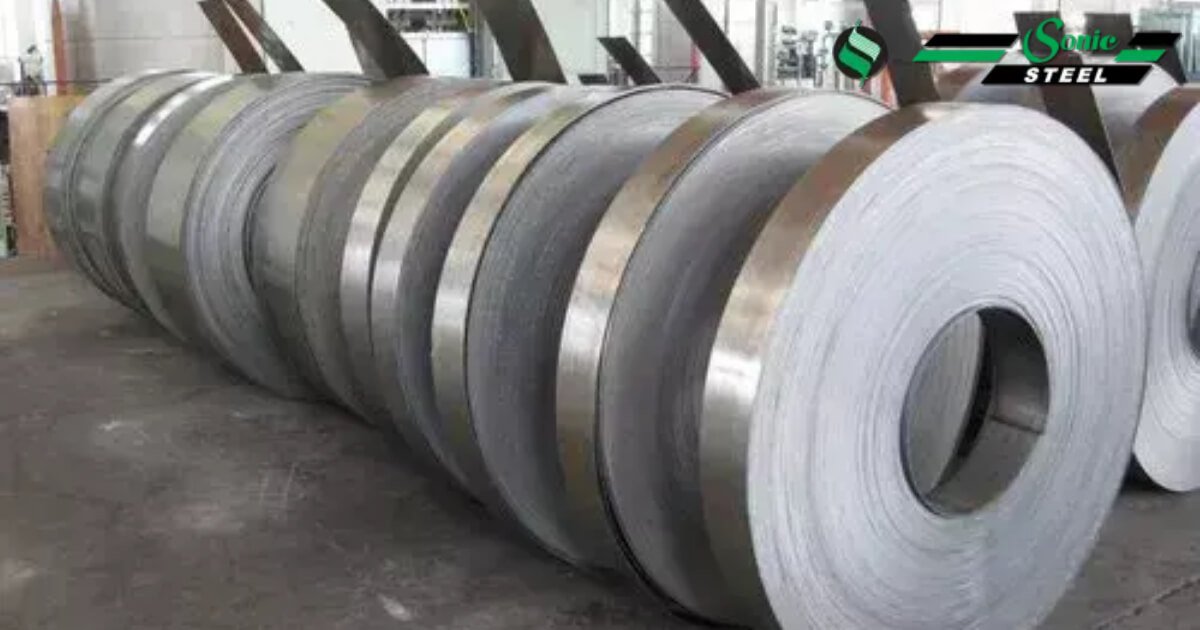
Introduction
When choosing suitable materials for various applications, corrosion resistance plays a crucial role. One material that stands out in this regard is 304 stainless steel. In this article, we will explore why corrosion resistance matters for 304 stainless steel strips and its significance in different contexts.
The Basics of Corrosion
Metals corrode naturally when they interact with their surroundings, which causes degradation and the formation of undesirable chemicals. It can result in structural damage, decreased performance, and even complete failure of the metal component. Corrosion is caused by wetness, warmth, contact with chemicals, and mechanical stress.
Types of Corrosion
Corrosion may occur in various forms on metals, from uniform corrosion to pitting corrosion to crevice corrosion to galvanic corrosion to stress corrosion cracking. Each type has its distinct characteristics and mechanisms, but they all share the potential to compromise the integrity of the metal.
The Superiority of 304 Stainless Steel Strips
Overview of 304 Stainless Steel
The alloy of chromium, nickel, and a few other components that make up 304 stainless steel makes it an austenitic stainless steel. Its high mechanical strength and corrosion resistance mean it finds use in various fields.
Impressive Corrosion Resistance
One of the key reasons why 304 stainless steel strips are highly sought after is their remarkable corrosion resistance. The atmosphere, fresh water, mild acids, and alkaline solutions are only some settings where this alloy proves to be very corrosion-resistant. It is also highly resistant to intergranular corrosion, which can occur in certain heat-affected zones.
Applications in Challenging Environments
304 stainless steel’s high resistance to corrosion makes it ideal for use in high-stress situations. It finds widespread usage in various industries, including the chemical, food & beverage, pharmaceutical, and maritime sectors. Its ability to withstand exposure to corrosive chemicals, high humidity, and saltwater environments makes it a reliable choice for critical components and structures.
Longevity and Cost Savings
Investing in UNS S30400 Strips for corrosion-resistant applications can save significant long-term costs. Businesses and industries can avoid frequent repairs, replacements, and downtime by choosing a material that can withstand the corrosive effects of the environment. This durability enhances productivity, reduces maintenance costs, and improves operational efficiency.
Ensuring Corrosion Resistance
Proper Material Selection
Choosing the suitable stainless steel alloy is crucial to ensure optimum corrosion resistance. While 304 stainless steel offers impressive resistance to many corrosive agents, it may not be suitable for highly acidic or chloride-rich environments. In such cases, alternative stainless steel grades or specialized coatings may be required.
Surface Treatments and Protective Coatings
Surface treatments and protective coatings can further enhance the corrosion resistance of 304 stainless steel strips. Passivation, electropolishing, and applying corrosion-resistant coatings provide additional protection against corrosive elements.
Conclusion
The corrosion resistance of 304 stainless steel strips is paramount in various industries and applications. By understanding the basics of corrosion, recognizing the superiority of 304 stainless steel, and employing proper material selection and protective measures, businesses can ensure the longevity and reliability of their products and structures.
